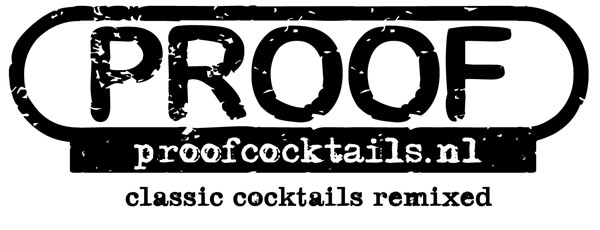
Starting an infinity bottle.
When it comes to aged spirits – whiskey, rum and cognac – distillers usually mix the contents of a variety of the barrels in their warehouse to create their final product for bottling. The blender’s art is a well refined skill and it takes considerable expertise to achieve the character and consistency that is desired. It can be quite fun to have a crack at something like this yourself. The “infinity bottle” is a great way of blending spirits at home. First save an attractive empty spirit bottle and soak off the label. Then add the spirit of your choice – whisky and rum are good places to start but I suggest keeping like with like, at least at first. In other words don’t be mixing Scotch with bourbon or white rum with aged. It makes sense to start with your favourite spirit as that is the one you’ll be buying the most different types of. Of course you’ll have the great advantage of starting with a selection of finished products so your task is relatively risk free as long as you stick with quality spirits. Use a couple of solid examples of the spirit type as the base and tweak it with smaller amounts of those that have more specific attributes. Try to be conscious of where you want to move the flavour profile of your bottle. Does it need more spice? More smoothness? More sweetness? Drier? Do you want to be boosting the ABV or reducing it? You also need to give any new addition at least a few days to fully integrate itself into the blend – know as “marrying” in the Scotch whisky business. Once you have a blend you like, try not to be too heavy handed with future additions and remember to keep adding a little of your “base” spirits to keep the bottle from going dry. Top it up as you use it because if you let it get too low the balance will be too easily skewed. It can be tempting to throw something into your infinity bottle because you didn’t like it on its own but that will usually do more harm than good and can ruin the whole batch: Garbage in – garbage out, as they say. Some people try to catalogue what they put in their blends for repeatability but I personally find it more enjoyable to “freestyle”.
My first infinity bottle started many years ago as a way of making more shelf space; I poured a bunch of almost finished bottles of rum into one and much to my surprise and delight it really turned out to be quite a tasty combination. I kept adding to it in a more considered way, nudging it in one direction or another with a couple of ounces of one rum or another. It became the go-to rum in a Mai Tai or Rum Old Fashioned. Only more recently did I discover that the “infinity bottle” was even a thing. However a single infinity wasn’t enough for me so I’ve just started a bourbon infinity bottle too. Because this is newer I can even tell you roughly what it comprises of – for now – about 35% Makers Mark, 25% Four Roses Small Batch, 25% Wild Turkey 101 and 15% Old Overholt Rye. These choices keep the ABV at just above 45% which I consider the sweet spot for bourbon. The small amount of Old Overholt Rye is intended to hold back the sweetness and add a touch of spice without moving the mix out of the bourbon zone all together.
I hope that gives you the inspiration to start your own infinity bottle – it’s a wonderful route to enjoying and understanding your favourite spirits in a new and unique way.























Recent Comments